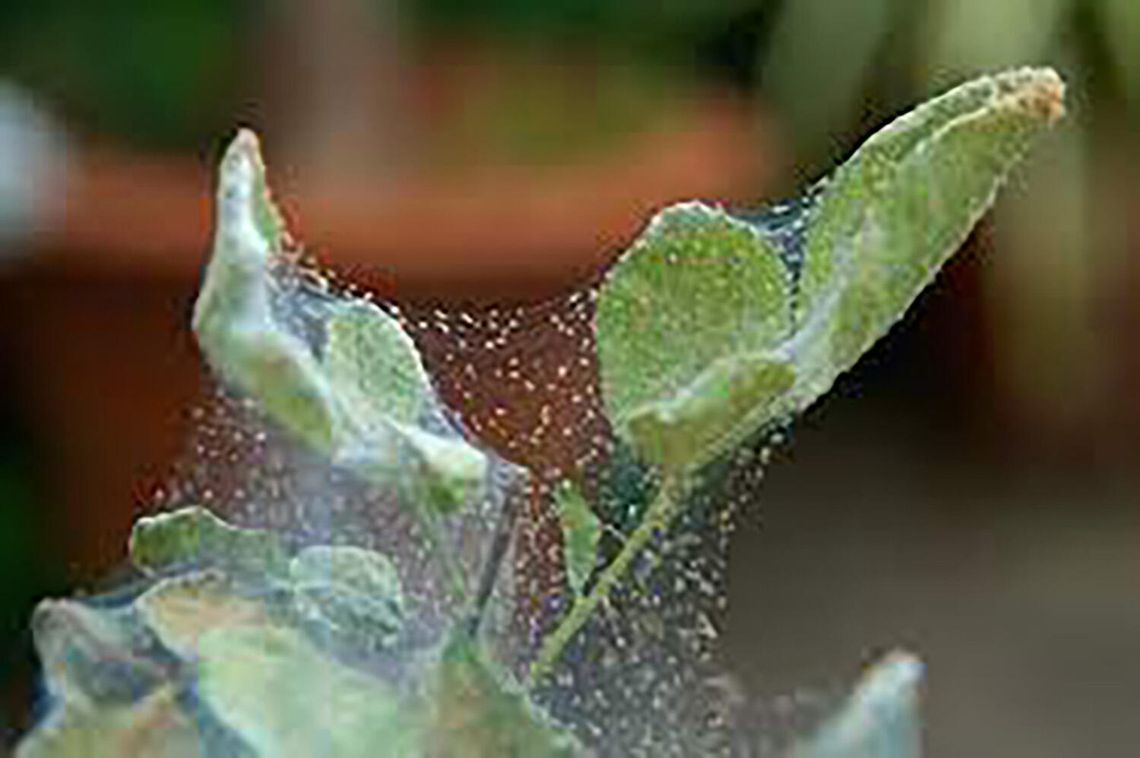Mites are tiny—sometimes microscopic—pests that can wreak havoc on plants. Their head and thorax are fused into a region called the cephalothorax, and their grouped mouthparts form a structure known as the capitulum. Some mites appear to have abdomens, but in many species, the cephalothorax and abdomen are compact and indistinguishable.
Mites come in a variety of colors, including red, yellow, green, purple, black, and translucent. Adult mites typically have four pairs of legs, distinguishing them from insects. Larvae begin life with three pairs of legs, with a fourth pair developing during the nymph stage.
Heavy mite infestations cause leaves to turn yellow or brown and eventually fall off. Two-spotted spider mites are the most common type to infest bedding-plant crops. Barely visible to the naked eye, they appear as small, moving dots. Mites draw nutrients from plants using their scraping mouthparts, creating a blotchy or “salt and pepper” pattern on leaves.
Mites can damage plant flowers and foliage as well as ornamental trees and shrubs. Evergreens like junipers and Colorado blue spruce are especially vulnerable during dry, hot weather. Mites also affect bedding and garden plants, potted plants, cut flowers, and foliage crops.
Implementing an Integrated Pest Management (IPM) program that includes product rotation is an effective strategy to prevent resistance and control infestations.
Visit The Village Nursery at 2975 Reno Highway or call (775) 867-GROW to learn more about the full line of organic Monterey products available. Rid your garden of those pesky pests and keep your plants healthy.














































Comment
Comments